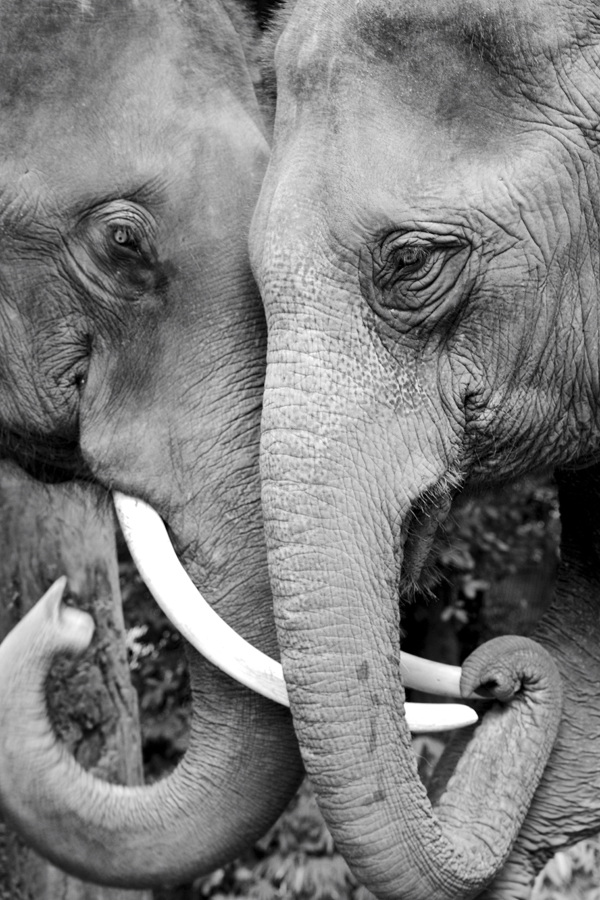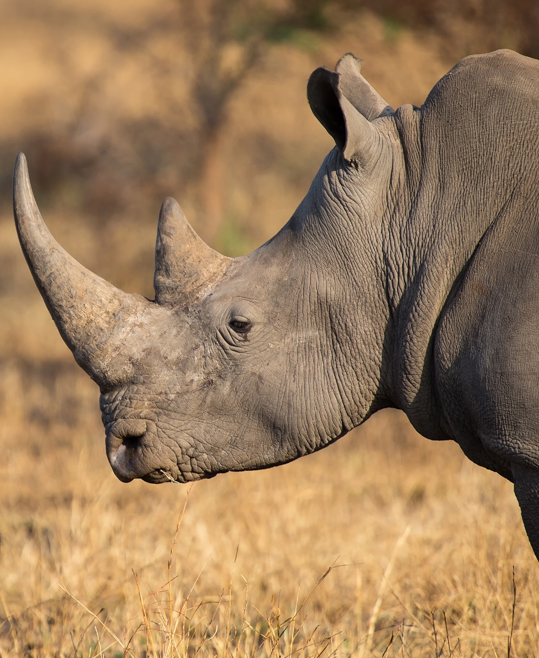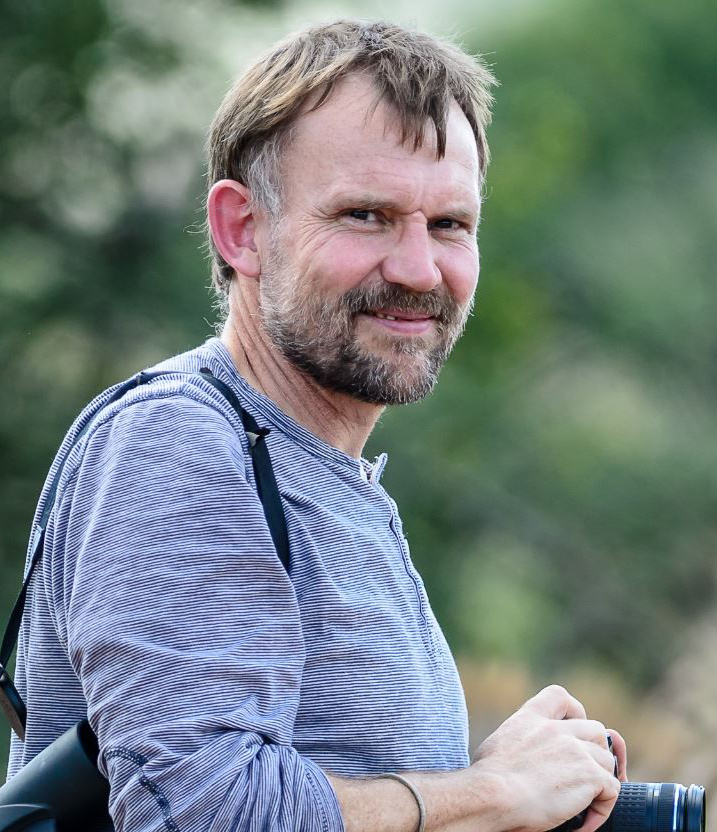
The world’s wild animals are in serious decline. Humanity has wiped out 60% of wild animal populations since 1970. The International Union for Conservation of Nature (IUCN)’s ‘Red List’ classifies a quarter of all mammals, a third of sharks, rays and corals, and 40% of amphibians, as threatened with extinction. Many more species may be falling under the radar.
The Global Assessment Report on Biodiversity and Ecosystem Services, published recently by the Intergovernmental Science-Policy Platform on Biodiversity and Ecosystem Services (IPBES), estimated that a million species may be at risk of extinction, identified economic exploitation among the key drivers of biodiversity loss, emphasised that ‘transformative changes’ are required to restore and protect nature, and indicated the need for opposition from vested interests to be overcome. These are strong words from an intergovernmental body, and they come not a moment too soon.
Commercial trade in animals and their body parts is a big part of the problem facing wildlife. Wild animals are traded live as exotic pets, exhibits, or for research, and their heads, skins, teeth, bones, bile, and other body parts are traded as food, trophies, ornaments, jewellery, traditional medicines, tonics and supplements and for a host of other purposes.
In 2015 alone, more than 1.2 million international transactions involving protected wild animals or parts and products derived from them, were reported. And that’s just the legal trade. The illegal trade in wildlife (excluding fish and timber) is thought to be worth in excess of US$23 billion.

20,000 or more elephants are killed every year by poachers for their ivory. Almost 8,000 rhinos have been killed for their horn in South Africa alone over the past decade, from a global population of less than 30,000. 100 million sharks are killed annually for their fins. 10 million pangolins are thought to have been killed in the past decade for their scales and meat. Thousands of great apes are killed each year to supply the demand for pets, attractions, bushmeat, and ceremonial body parts in a trade which may be worth as much as US$10 million annually.
In August 2019, Government representatives from more than 150 countries will converge at the 18th Conference of the Parties to the United Nations’ Convention on International Trade in Endangered Species of Wild Fauna and Flora (CITES), in Geneva, Switzerland, in order to discuss the rules that govern international trade in wildlife. Civil society groups, trade bodies and the media will also be among the 3,000 or more delegates. The meeting will consider proposals to increase protection against trade for some species, but decrease it for others.
Governments are spending significant amounts of public money to send their officials to this meeting, in order to represent their citizens. The decisions they make must be focussed on protecting wildlife against the negative impacts of trade, rather that serving the commercial interests of traders. In other words, those ‘vested interests’ identified by the Global Assessment Report must not be allowed to prevail.
The European Union and its Member States are critical to this process. Because each EU Member State has a vote, and because they adopt common positions prior to CITES meeting in order to vote as a block, the position the EU takes is pivotal in determining whether proposals at the meeting succeed or fail.
Europe’s public needs to have confidence that their concerns for the future of wildlife are taken on board by the delegates at the meeting who are there representing them. The EU needs to be reminded that a highly precautionary approach to wildlife trade, and a focus on increasing wildlife protection, are vital if we are to address the crisis facing global biodiversity.
The world needs to wake up to the fact that we cannot trade our way out of the extinction crisis. If we are to prevent further declines and secure a future for wild animals, we cannot go on treating them as mere tradable commodities.
The international community is finally waking up to the climate crisis. Biodiversity, and by extension the myriad of wild species that make up the complex ecosystems on which we all rely for our clean air, clean water, food, and other ‘ecosystem services’, is equally in crisis, and the two are intimately interrelated. In order to mitigate the devastating impacts of climate change, we must address and reverse the loss of biodiversity, and vice versa.
Wildlife must be kept in the wild, where it belongs.

Mark Jones, Head of Policy, Born Free Foundation, https://www.bornfree.org.uk/
Mark trained as a vet at Liverpool University and worked for many years in fish health and disease control, before spending five years travelling extensively and working on rescue and rehabilitation projects for primates, bears, birds, and reptiles in South America and Asia. He has Masters’ degrees in both aquatic and wild animal health, and several years’ experience in the non-government animal protection sector covering international wildlife trade, wildlife management and animal welfare issues. He joined the Born Free Foundation in 2014 where he is currently Head of Policy.


